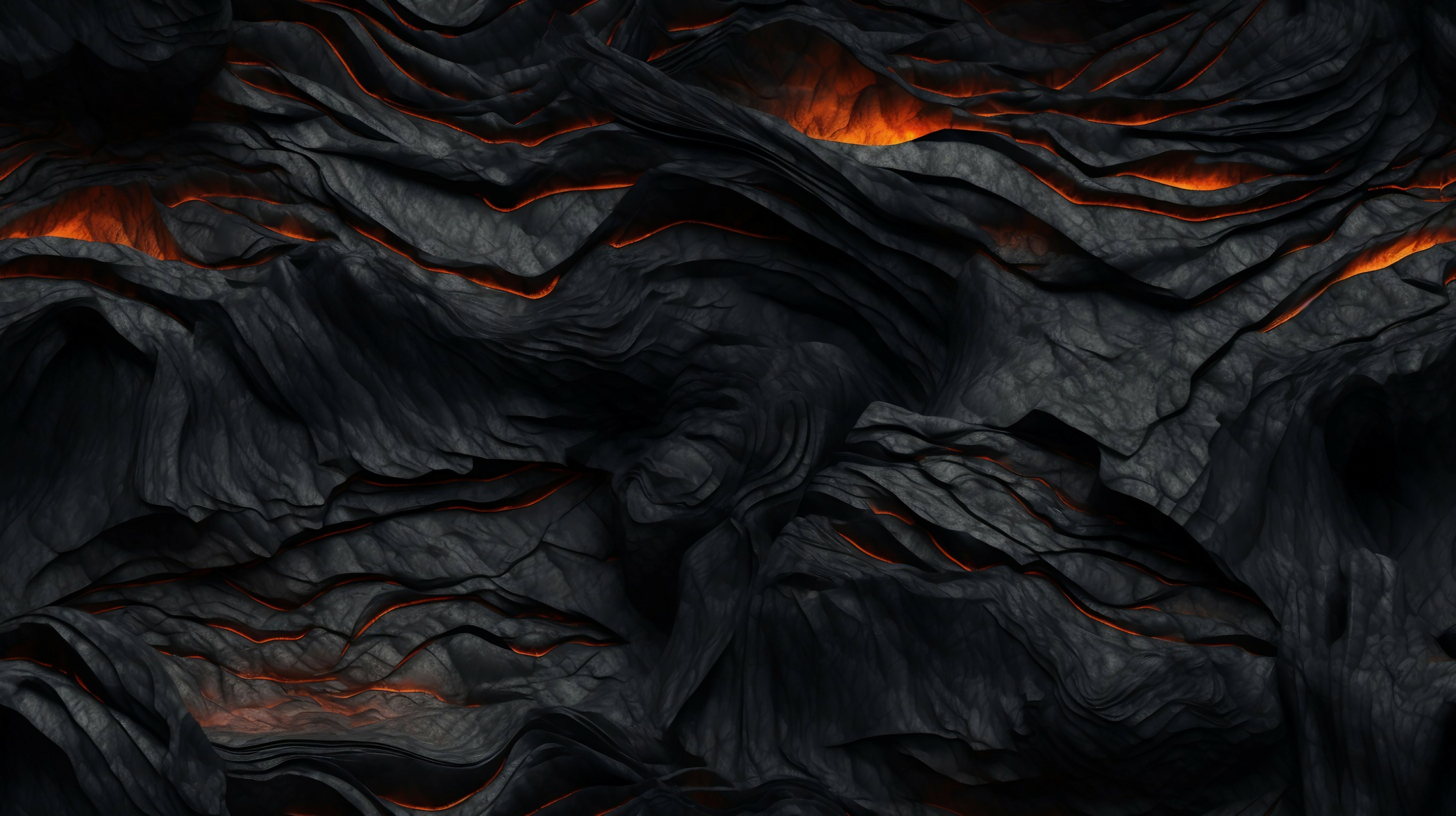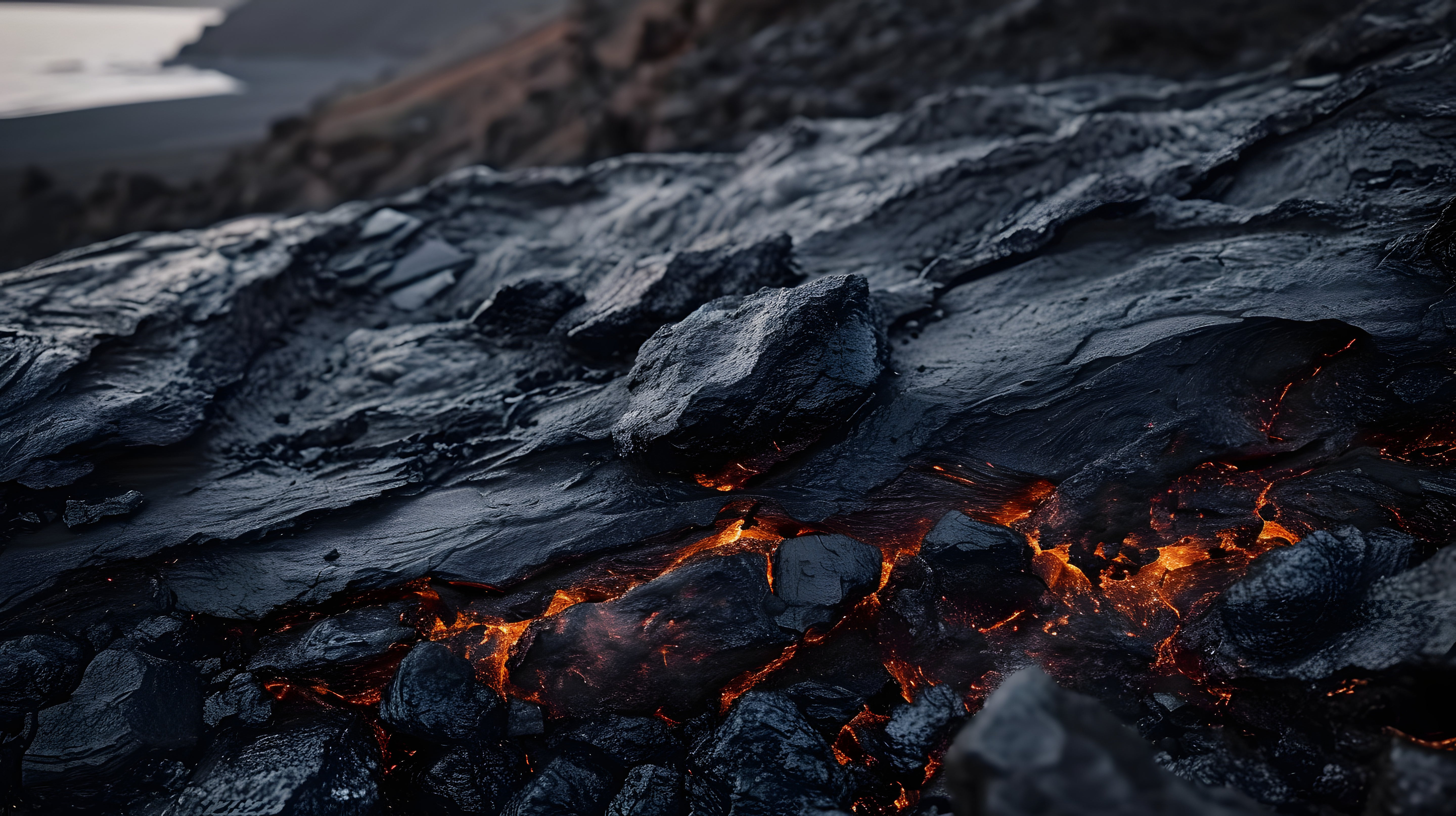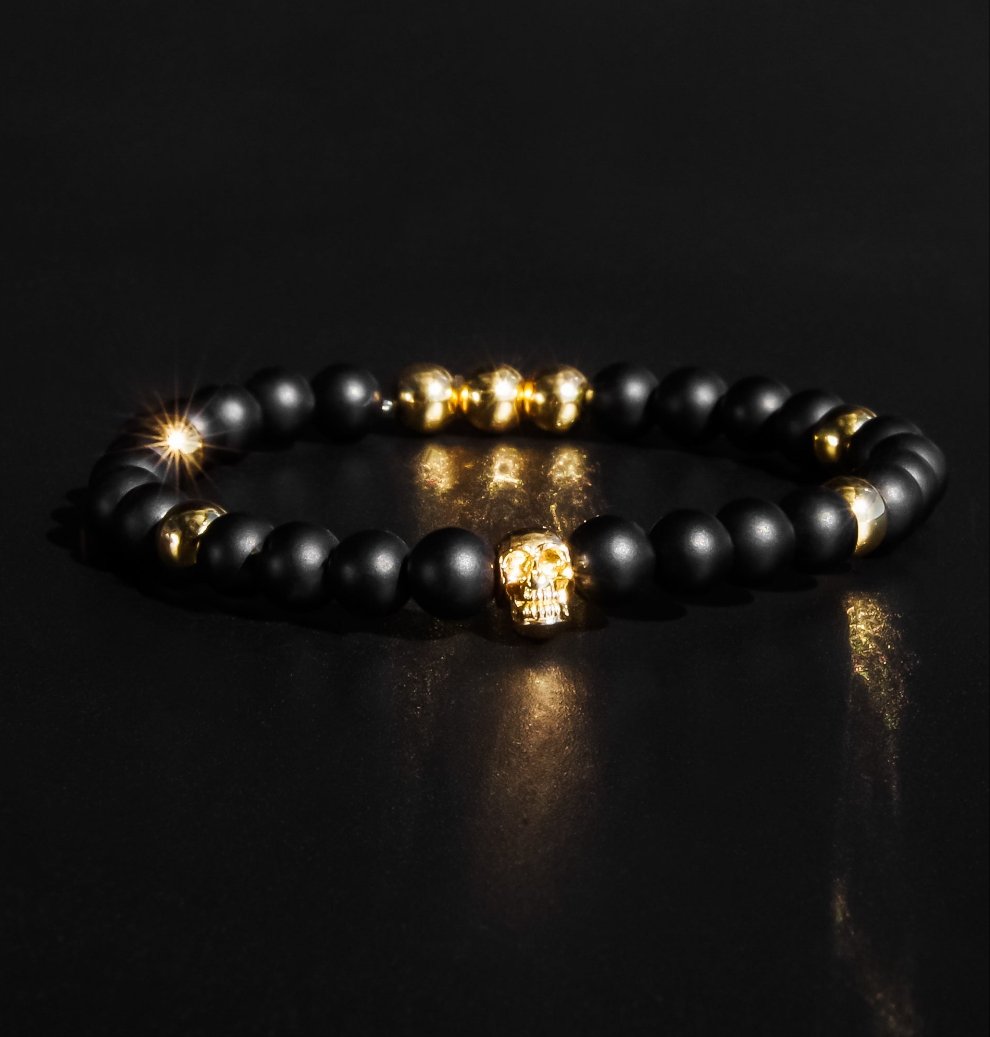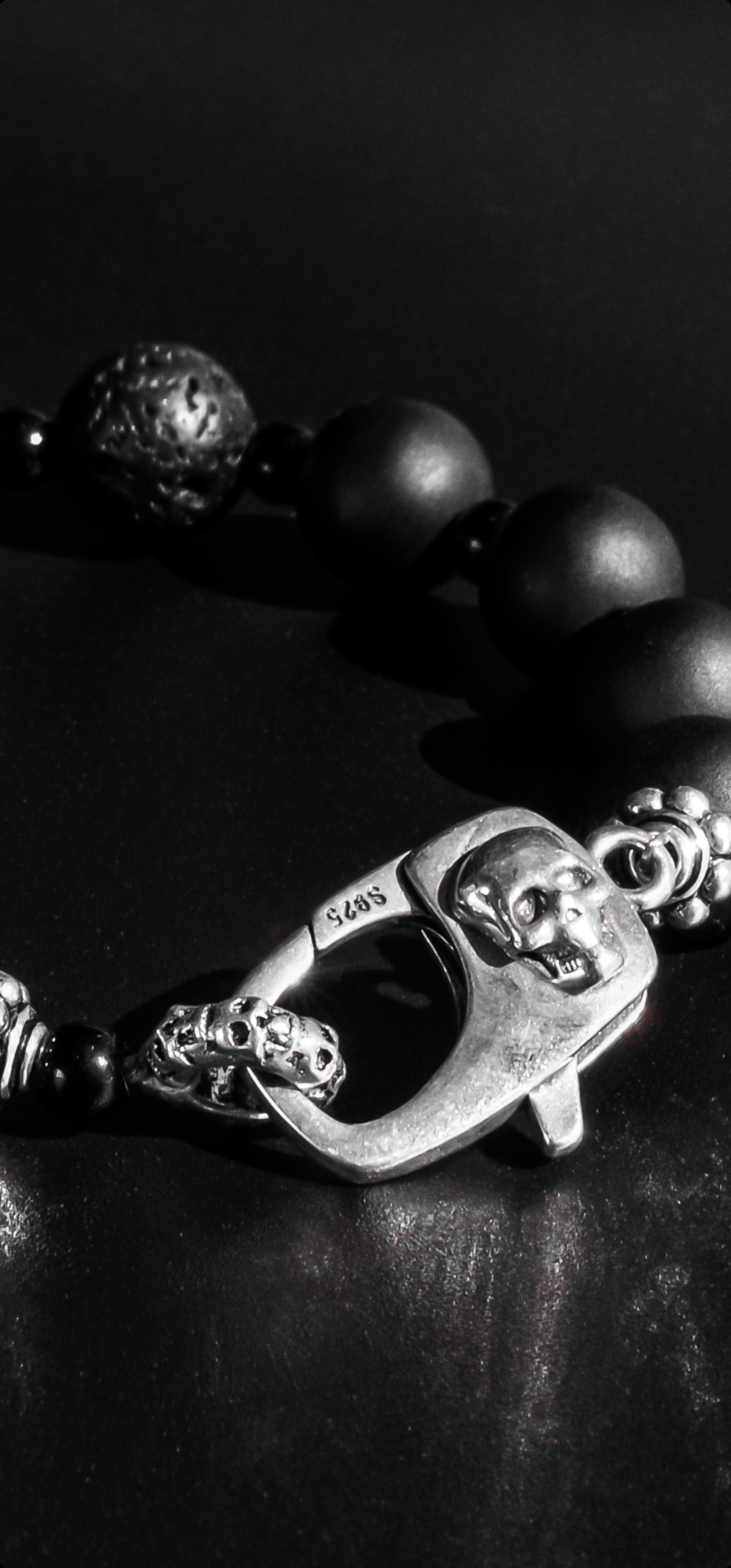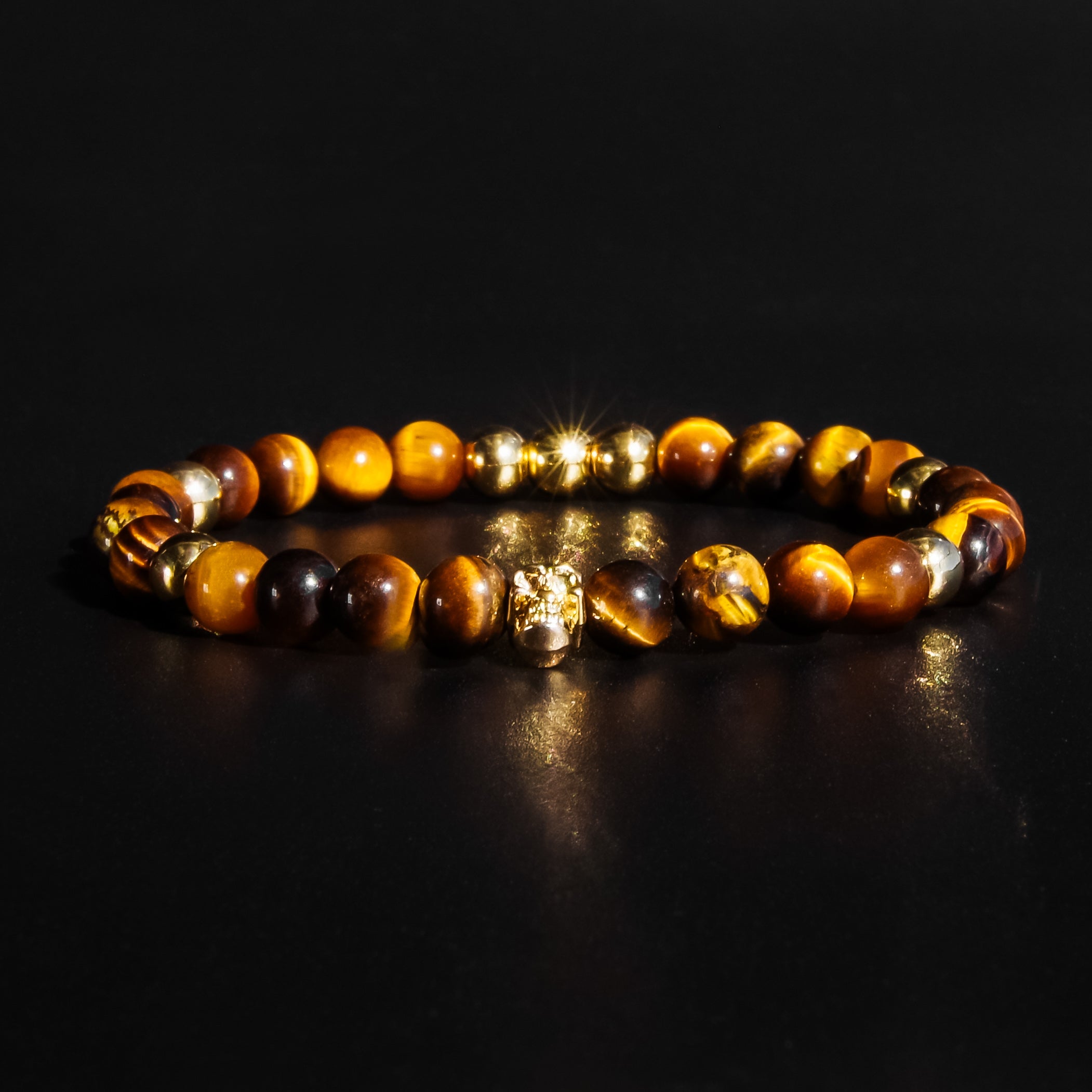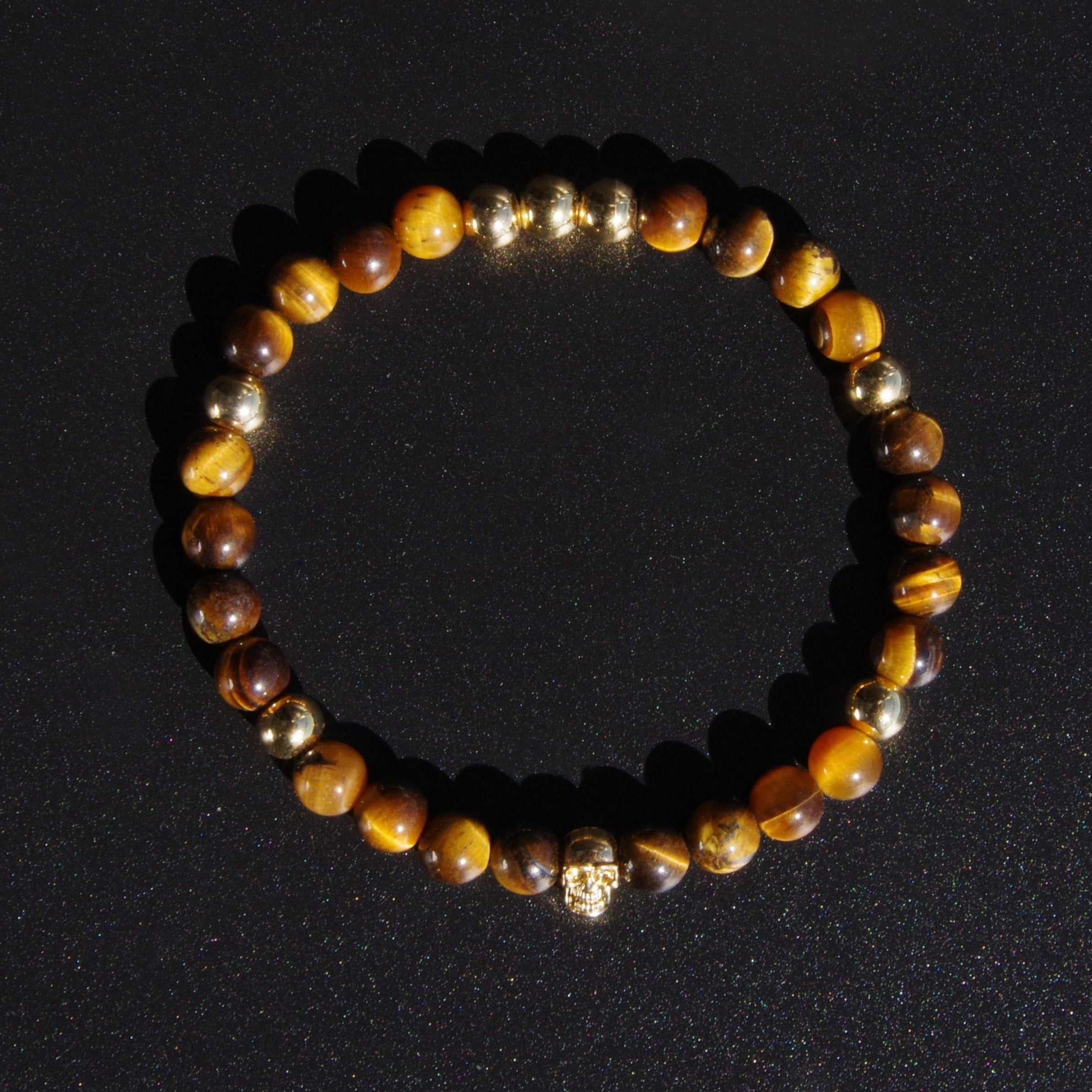Scientific Classification
Lava Stone
• Mineral Class: Igneous Rock (Volcanic)
• Crystal System: None (Amorphous, due to rapid cooling of molten lava)
• Chemical Composition: Primarily composed of silicates — varies, but mainly SiO₂, Fe, Mg, Ca, and Al oxides
• Hardness (Mohs Scale): 3–3.5
• Luster: Dull to earthy (porous, matte texture)
• Transparency: Opaque
• Specific Gravity: ~2.8–3.0
• Primary Origin(s): Global volcanic regions — Hawaii, Iceland, Italy, Indonesia, Mexico, and United States (Pacific Northwest)
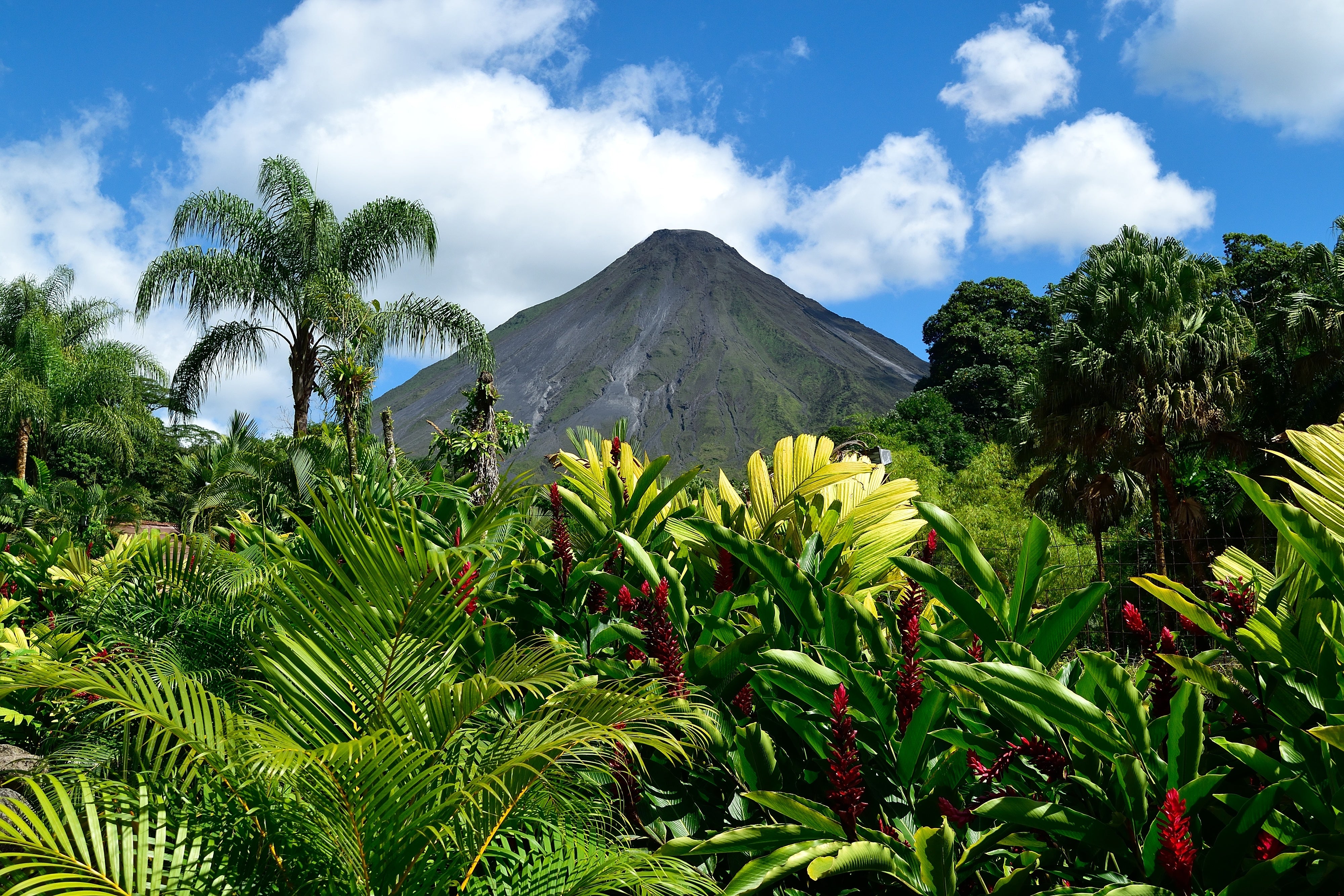
Obsidian's Origin
glass from lava
From the volcanic eruptions, Obsidian is formed as molten lava meets the earth’s surface and cools into a sleek, glass-like stone. These same volcanoes, which shape the land with their power, also give rise to fertile soils where lush life thrives. Obsidian stands as a symbol of this renewal, emerging from the same forces that create and sustain life.
Merging the Physical and spiritual
“Stones are reminders of the strength and stability of creation, reflecting the inner harmony that God placed in all things.”
-Saint Hildgard Von Bingen (1098-1175 A.D.)
The Power of Lava Stone
Content Coming Soon
Don't settle for mainstream
Elevate Your Vibe with Obsidian Stones by ÉLYON:
Featured Lava Stone product




PRODUCT DETAILS
- Sterling Silver (not plated)
- Spiritual Beads Bracelet
- 8 mm beads
- Natural Lava Stone
- 4mm Accent Polished Onyx beads
- Lava Stone can be used in combination with essential oils (sold separately).
- 925 Silver Lobster Clasp with Skulls
- Oversized clasp
CARE
GEMSTONE: Use a soft cloth to gently wipe clean, then remove any remaining impurities with a mild diluted soap. Rinse with warm water and dry thoroughly before storing in the provided jewelry pouch.
METAL: Use the provided polishing cloth to gently wipe clean, then remove any remaining tarnish with mild diluted soap. Rinse with warm water and dry thoroughly before storing the design in its jewelry pouch.
When choosing Custom Size, add wrist size in Special Instructions at checkout
Élyon Lava Stone Collection
Understanding the Power of Lava Stone
Frequently Asked Questions
Lava Stone
A: Genuine Obsidian is smooth and glassy, often jet-black or with subtle inclusions. Fake Obsidian may appear overly polished, lightweight, or unnaturally colored.
A: Absolutely. Obsidian is an excellent stone for grounding and releasing emotional blockages during meditation, prayer, and spiritual warfare.
A: While durable, Obsidian is volcanic glass, it can chip or scratch easily. Handle with care.
A: Obsidian is volcanic glass, meaning it’s formed by intense heat and rapid cooling, giving it a raw, reflective energy. Unlike Onyx, which is more structured, or Black Tourmaline, which is grounding, Obsidian is all about cutting through illusions and revealing the truth.
A: Yes, Obsidian is known for pulling hidden emotions to the surface, helping you confront and release negative patterns. It’s not a gentle stone—it pushes you to face what’s holding you back so you can grow.
A: In feng shui, Obsidian is placed near entryways or workspaces to block negative energies and promote clarity. Its grounding properties make it ideal for creating a protective and balanced environment.
A: Obsidian is primarily associated with the Root Chakra (Muladhara), which governs grounding, stability, and security. Its grounding energy helps connect you to the earth, dispel negativity, and foster a sense of safety and balance. Some varieties, such as Rainbow Sheen Obsidian, can also influence the Heart Chakra, opening pathways for love and emotional healing, while Gold and Silver Sheen Obsidian may align with the Solar Plexus and Third Eye Chakras, enhancing personal power and intuition respectively.
Our Blog
The Scroling Stone
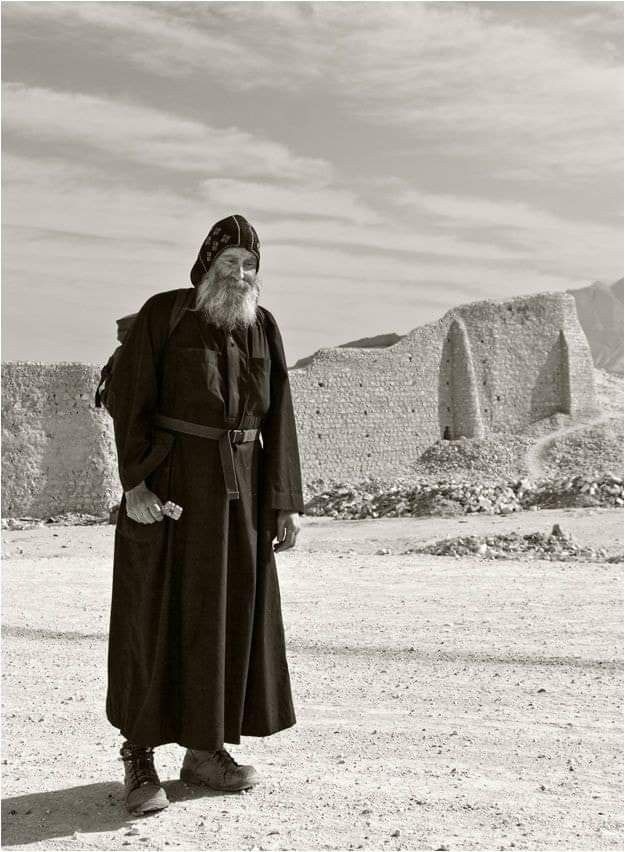
LOGISMOI: THE SILENT WARFARE OF THE EARLY CHRISTIAN MONKS
In the remote deserts of ancient Egypt, Syria, and Palestine, the Desert Fathers—early Christian monks—engaged in a profound internal battle against intrusive thoughts known as logismoi. These wer...
Read more
Saint Hildegard and Crystal Healing
Saint Hildegard was a Catholic nun who lived in the 12th century. She was not only a spiritual leader but also a trailblazer in the field of crystal healing and holistic health. Saint Hildegard bel...
Read more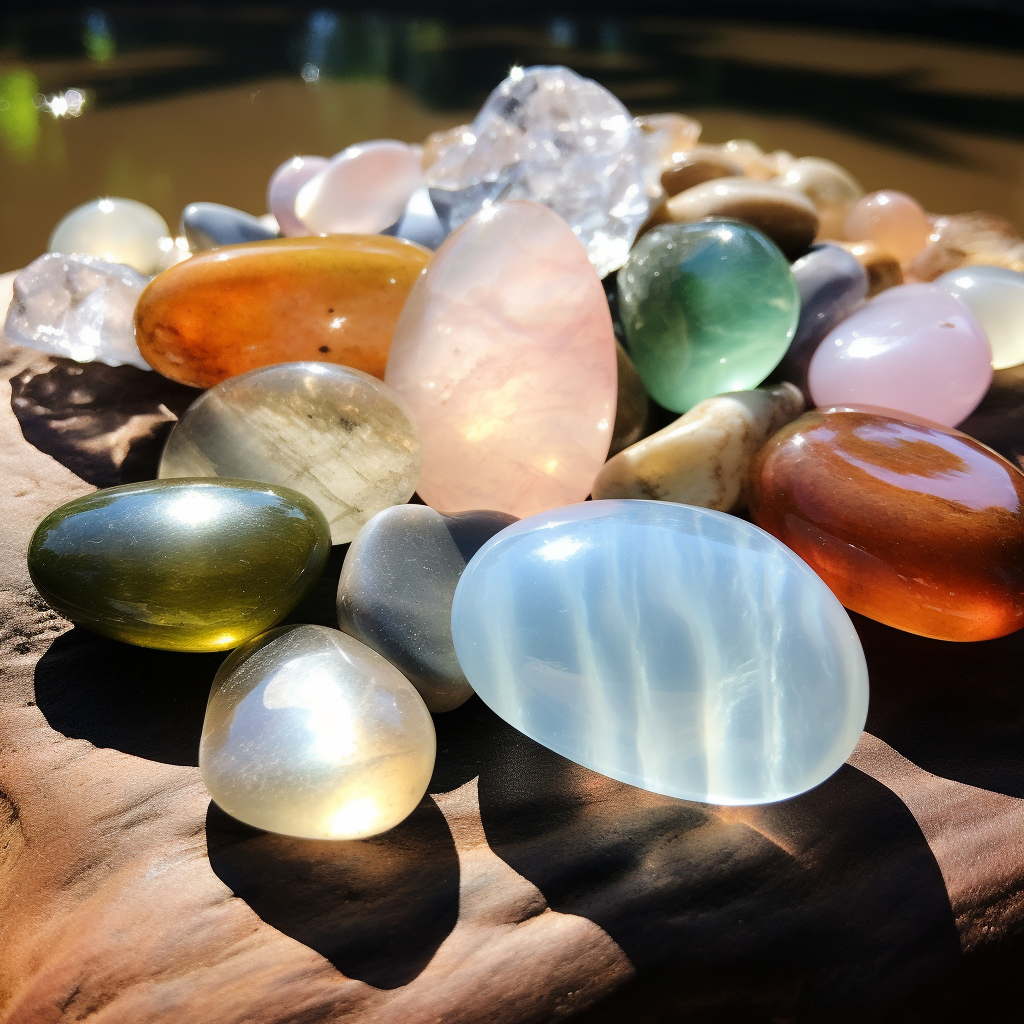
Do Crystals really Have Healing Powers?
Crystals have a long-standing association with spirituality and metaphysics, believed to possess unique energies that can promote physical, emotional, and spiritual well-being. From amethysts for c...
Read more
